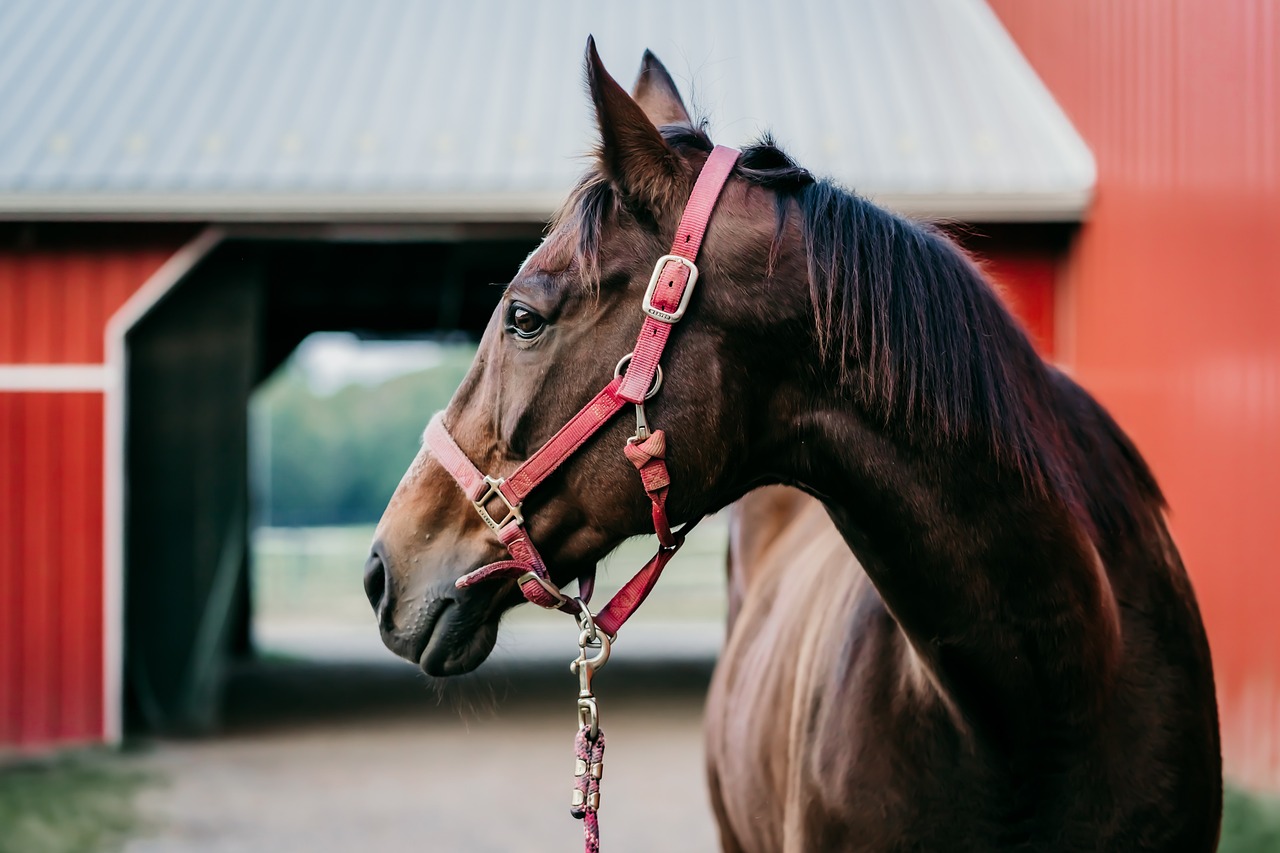If your furry friend gets anxious when you leave the house, he may have dog separation anxiety. It can manifest as excessive barking, destructive behavior, and even soiling in the house. But don’t worry, there are ways to ease your dog’s anxiety.
First, make your comings and goings low key. Don’t make a big fuss when you leave or return home. Give your dog a treat or toy when you leave to help distract him. Also, try leaving the radio or TV on to provide background noise.
Second, practice leaving your dog alone for short periods of time, gradually increasing the time. This will help him get used to being alone and avoid sudden changes that can trigger anxiety.
Third, make sure your dog gets plenty of exercise and mental stimulation. Take him for daily walks or runs, play games with him, and try puzzle toys that challenge his mind.
Fourth, consider dog training or behavior modification techniques. A professional trainer can teach your dog coping skills and help you develop a plan to address separation anxiety.
Lastly, speak with your veterinarian about potential medications or supplements that can help calm your dog.
Dog separation anxiety can be challenging, but with patience and persistence, it can be managed. Remember, your dog is not misbehaving out of spite, but rather because of his anxiety. By providing a safe and comforting environment, you can help your furry friend feel more secure when you’re not around.











